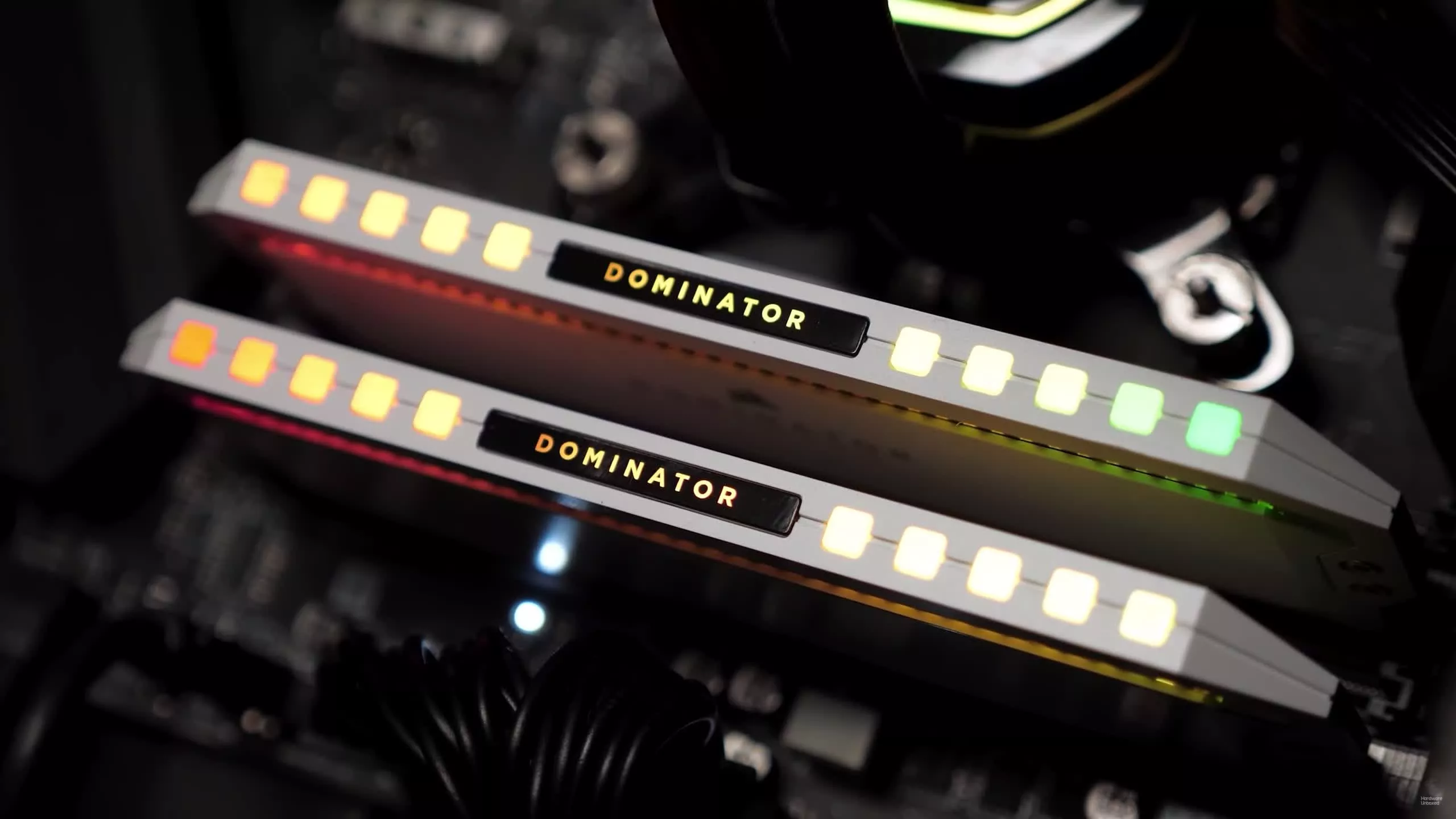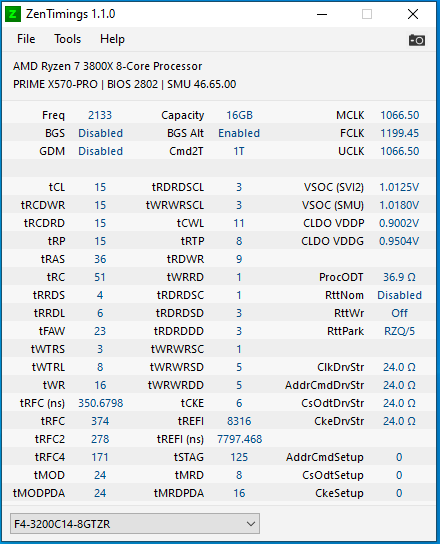Thanks for your answer, however am I understanding this correctly?
- 2 single rank sticks = single rank
- 4 single rank sticks = dual rank
- 2 dual rank sticks = dual rank
- 4 dual rank sticks = dual rank (or is this quad rank??)
I know The MSI Tomahawk x570 doesn't support quad channel so I would gain no benefit if it is quad rank but is it quad rank if I use 4 dual rank sticks or does it remain dual rank?
Given your suggestion to go with 2x16GB I would imagine you are allowing future expansion with an extra 2x16 GB sticks? Is that the thinking behind your answer?
Many thanks

